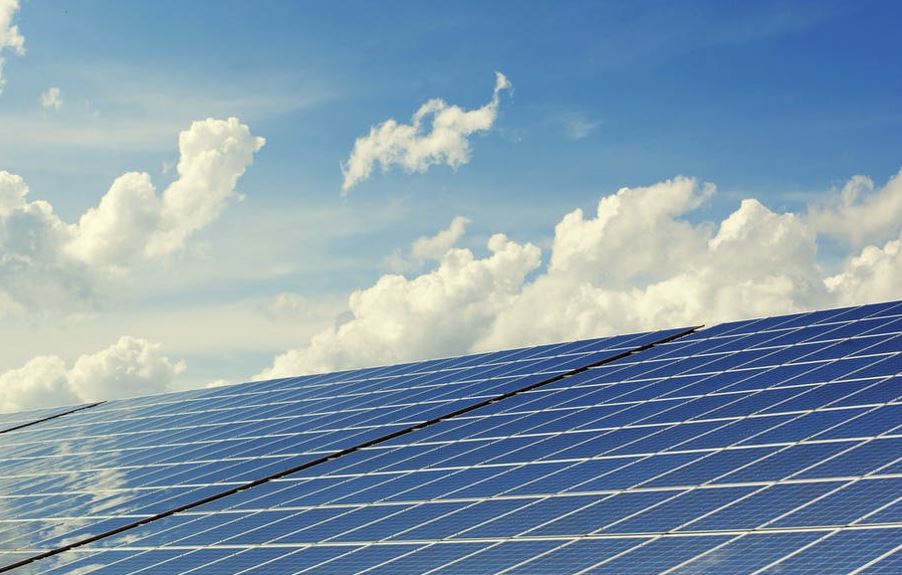Yes, it’s true! You can claim tax breaks for solar panels in the USA. Among all the other economic benefits, the government now understands the advantages of solar in the home.
So you’re wondering how much of a tax break, or credit, you get?
Well, before you go out and purchase any panels, please read this short guide. We’ll run you through the percentages. Plus, we’ll look at the eligibility criteria to claim your federal tax break for residential solar photovoltaics (PV). This way, you’ll know where you stand when thinking about going solar.
What Are Tax Credits?
“Tax credit” is just another way of saying tax break. When you receive a tax credit, it decreases the level of income tax that you pay. For instance, a $2,000 federal tax credit decreases your federal income tax liability by $2,000. It’s that simple.
The tax credit for solar panels is often referred to as an Investment Tax Credit (ITC). Although, it is not the same as the ITC available to firms that buy solar panels.
Federal Solar Tax Credit
Federal tax breaks for solar panels are tax credits for a proportion of the cost of solar photovoltaic (PV) systems. You can claim this credit on federal income taxes.
To claim solar tax credit, you must install your system and generate power in your home within the tax year. There is no absolute clear definition from the IRS about this. But, to stay on the safe side, you should aim to have a completed and functioning solar installation.
Congress extended the ITC in December 2020. It provides a 26 percent tax credit if you install a system in 2020-2022. There’s also a 22 percent credit if you install a system in 2023. And keep in mind; unless Congress extends the tax credit, it will expire in 2024.
We should also mention that there is no maximum amount you can claim regarding government tax breaks for solar panels.
Eligibility To Claim Solar Tax Credit
You have to meet specific criteria for you to be eligible to claim the solar tax credit.
First off, you need to have installed your solar PV system from January 1, 2006, to claim your 26 percent tax break. Then this tax break runs up until December 31, 2023. So if you haven’t yet installed your system, you’ve got limited time to do so.
Another criterion is that your system has to power either your primary or secondary home. You also have to own the system. You cannot claim if you are leasing or buying electricity from a solar installation you do not own.
You can claim the tax break if you’re using a system for a solar community project that’s off-site. However, it will only count if you credit against and within your home’s electricity consumption. You cannot exceed this amount.
An alternative option is that taxpayers can claim a section 25D tax credit. This is for purchasing a part of a community solar installation, according to the IRS.
One last criterion is that the system has to be new. Or, you have to be using a system for the first time – meaning no one else has used it before. Here’s a good starting point: https://blueravensolar.com/blog/price-of-solar-panels/
A Summary of Tax Breaks For Solar Panels
We hope this summary of tax breaks for solar panels makes things more straightforward for you. It’s well worth considering purchasing a solar installation for your home because of the tax incentive. But remember, there are so many other benefits to going solar that you should read up on!
Thank you for stopping by and checking out this post. If you’re interested, please check out our blog for other informative pieces.















